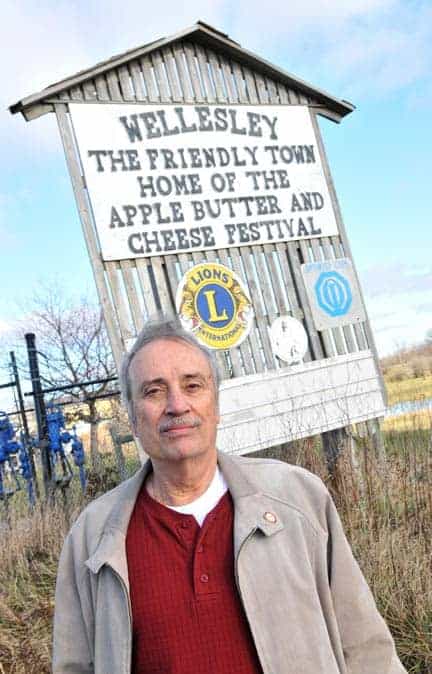;
;
;
Next Article
EDSS girls’ volleyball season begins

The past four years have been a rollercoaster time for Ontario’s pork producers, who have experienced many more downs than ups as their industry has become rife with problems. A combination of rising feed and fertilizer costs, the economic recession, the rising Canadian dollar, and the H1N1 fears of
Last updated on May 04, 23
Posted on Dec 10, 10
4 min read
